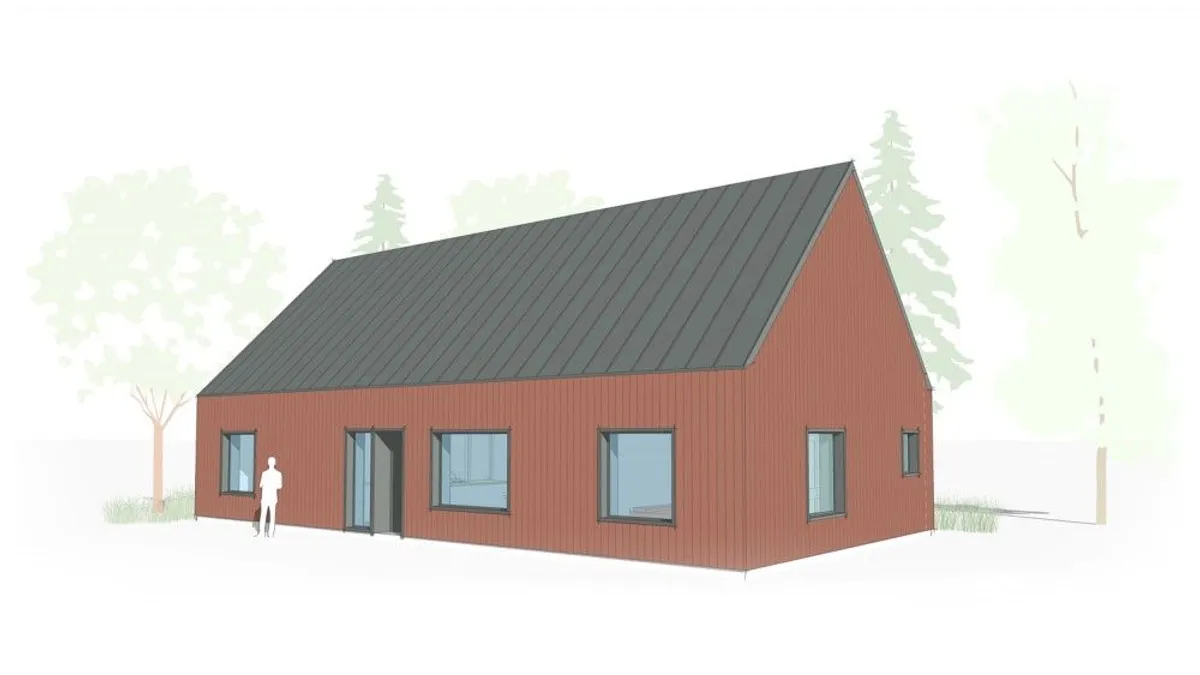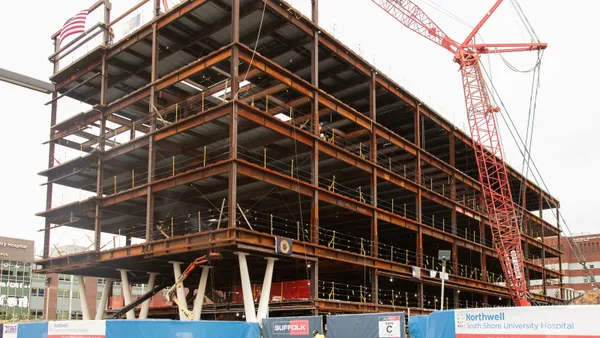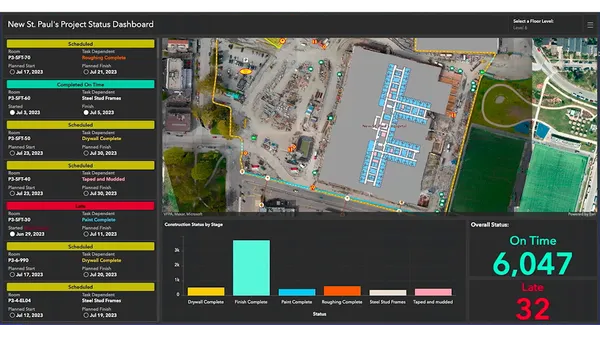Dive Brief:
-
Searsmont, ME-based Ecocor and Milford, PA-based Richard Pedranti Architect have begun production on a line of pre-fabricated houses aiming to meet the stringent energy-performance requirements of the Passive House standard.
-
The client for the duo’s first project selected a model featuring three bedrooms and four bathrooms across one and a half floors. It is priced around $350,000.
- Construction is expected to take six to eight months and be finished by the spring of 2017. The panelized wall and roof modules will be trucked to the site and assembled there. The installation process takes roughly two weeks and will use local building partners to help set the panels and add interior and exterior fixtures and finishes.
Dive Insight:
The house will be set on an 8.7-acre site owned by Elizabeth Scott, a jewelry artist who grew up in a passive solar house that her parents built in 1979 with builder Bruce Brownell, an early leader in low-energy residential building. It points to a continued trend toward higher-end pre-fabricated homes in the U.S. as the offsite, factory-controlled construction method gains recognition for its ability to achieve cost and energy savings, particularly for high-performance projects.
In May, Minneapolis-based modular home company Sm+RT Homes announced plans to build modular houses in areas of the city left empty after homes foreclosed on during the recession were demolished. The company claims its method of factory-based construction and on-site installation costs 25% less than using traditional building methods.
So far, the company has nine houses in the works, with four ready for on-site installation and five lined up for factory production in December, the company told Construction Dive. It plans to close on its first home on Dec. 15.
Other areas of the building industry are looking to adopt similar construction methods and, according to the Modular Building Institute, modular construction represents approximately 3% of new commercial construction in North America. In that category, applications like healthcare construction pose the greatest advantage, as they often require the same types of features and spaces repeated tens or hundreds of times.
For more housing news, sign up for our daily residential construction newsletter.













